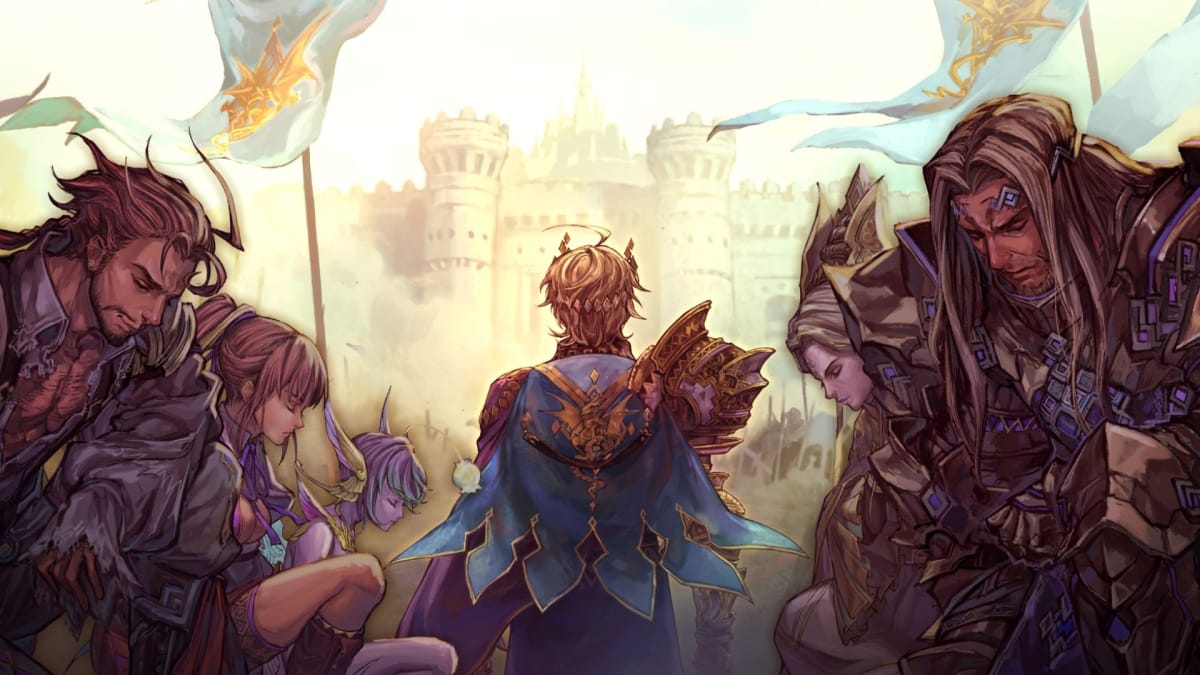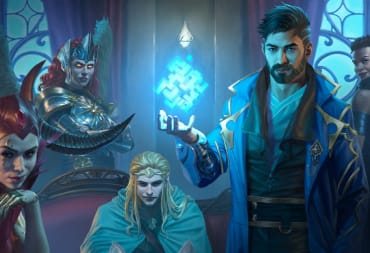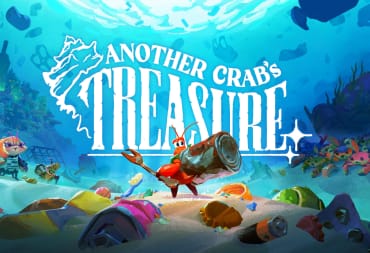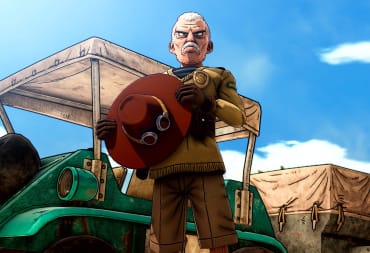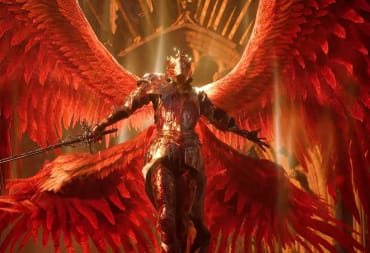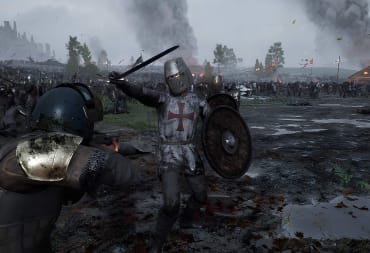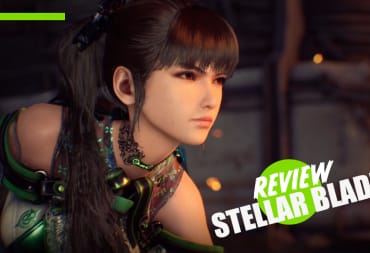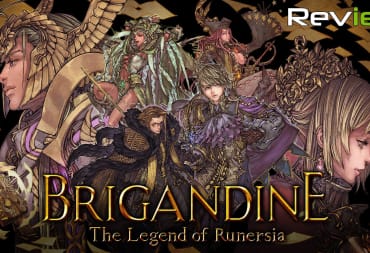Recently I’ve been sinking an ungodly amount of time into two games: Dragon Age: Origins on PC, and the PlayStation 4 port of Brigandine: The Legend of Runersia, which hits stores today.
Originally released on Switch, Brigandine: The Legend of Runersia is a micromanager's paradise. You pick from one of six nations to command, and are tasked with taking down the rest who occupy other castles in the nation of Runersia. Think Fire Emblem, but you don’t have Chrom or Lyn coming up with strategy for you during the cutscenes—you’ve got to plan out your invasions yourself.
Playing these games simultaneously, Dragon Age and Brigandine could really learn a lot from each other. With Brigandine, I adore the freedom of being able to map out my own battle plan—not just when I’m inside the settlement directly fighting enemies, but when I’m on the main map, deciding which battalions will take on which targets, always thinking five fights ahead. Dragon Age could have utilized this better and had consequences to doing any of the four main quests in a certain order (there are some consequences, but they are not many).
So what is Brigandine lacking? Well, it’s a lot simpler than the case above: I just really want to be using a keyboard and mouse. Sure enough, I play plenty of strategy games/tactical RPGs, many of which are on my PS4 too, but Brigandine just has the feel of something I ought to be playing on PC, at first anyway. This got me thinking: How do you get a strategy game to work on console? Because in many ways, Brigandine shows some pitfalls but also ignites hope that it is possible.
How Much Can You Expect a Controller to Do?

Brigandine gives you a lot to play about with—and I mean a lot. Once you’ve picked your faction, you have an “organization” and an “attack” phase. Organization involves moving units between settlements, spawning summons, sending characters off on quests, and leveling up and kitting out your troops. On the other hand, the attack phase is just that; you decide which neighboring castles to invade. Then, you get into the battle itself, which is played out in a Fire Emblem style gird, except with hexagons instead of squares, giving you more range of movement.
So, how does this fare with a PS4 controller in hand? This is more than I’ve ever juggled in a long time, even on PC, and it was certainly a struggle. Sure enough, I adore all the features now I have the hang of it, but would I have persevered to that point if I wasn’t playing the game to write about it? I’m not so sure.
Even now, I find myself putting in the odd incorrect command. The hexagon system made things a little clumsy, as it’s not quite 3D enough for the analog stick, and too complicated for the arrow buttons. And with the TV naturally further away than a computer monitor or an undocked Nintendo Switch would be, it was a whole lot harder to understand what was going on in the battle.

Putting more into one menu could help. A controller naturally means you’re limited in what inputs you can make, so reducing the amount of fiddling until you find the right menu would mitigate this. Also, keep as much off the screen as feasibly possible. Do we need a mini-map, when we can just zoom out and see the whole battlefield?
Other console-based strategy games have made this work. The criminally underplayed Valkyria Chronicles excelled in this, near effortlessly making turn-based tactical gameplay work on the PlayStation 3. Movement is completely three-dimensional, rather than block-based like a chess board, but it still allows for the same tactical placement of units. This freedom of movement makes controls much less fiddly. In Valkyria, characters still have a range of attacks they can do with various weapons, and you select them through a slider, rather than your standard RPG menu with a whole lot of small text. While it had to sacrifice a lot of intricacies in other games in the genre, Valkyria’s insanely challenging tactical action stands out as the best way to make it work without a keyboard and mouse.
What Brigandine on PS4 Gets Right

When I made the switch from playing Dragon Age: Origins on PS3 to PC, I knew I would never go back. That’s a port that, while certainly playable, is always falling over itself with the controls.
You’re limited to what moves you can hotkey to various buttons on the controller, otherwise you have to awkwardly pause the action while holding the back trigger to select an attack. The camera keeps you as close to the action as Valkyria Chronicles does, but with waves of enemies more reminiscent of Brigandine. For some reason, you can’t zoom out like you can on PC, so I just feel like I’m spamming away to get rid of the enemy in front of me, rather than planning tactically.
Brigandine totally understands its players better. As I already said in regards to player movement, using a controller for strategy helps when you’re as free and fluid as possible. Here, you can view the map from far away, like you would in Fire Emblem, which was my preferred way to play here, spacing everything out on the screen as much as possible.

But you can also arrange the camera so you’re almost in a third-person view like in Valkyria. The camera movement isn’t quite as fluid as it could be—I did lose my bearings a fair amount—but it definitely wasn’t as bad as my time with the console ports of the Dragon Age games.
Another thing that other games in the genre should take note of is how many of its features are spread out. As mentioned, you have the organization and attack phase. Having different RPG mechanics separated into phases, which can take you a good few minutes to complete, means a whole lot less confusion—and having the time to learn how the mechanics actually work. This feature alone could go a long way into getting these more complex titles working off on console.
Is It Worth a Shot?

So, does Brigandine work on the PS4? With enough time, absolutely. I’m loving it, and I can’t wait to sink even more time into it when I’m done writing about it. But if it took me several hours of preserving to feel that, I worry it’s limiting the player base. Several in-game seasons in, I’m still making the odd mis-click, and taking way longer to discover a feature than I ought to, in ways I don’t think I would on PC.
What do tactical RPGs on console need? Space. Lots of space. Room to learn how everything works, and simpler commands that are easy to input on a controller. Sure enough, Fire Emblem has that on lock, but Brigandine stands as an example that these insanely micromanaging titles can work on console, and as an avid fan of the genre, I hope to see much more of it in the future.
If you’re looking for something a bit more advanced than the average strategy game, I can’t recommend Brigandine enough. Just be patient, and it will be more than worth it.
TechRaptor played Brigandine: The Legend of Runersia on PlayStation 4 with a code from the publisher. Check out our full review of the game on Nintendo Switch.
Have a tip, or want to point out something we missed? Leave a Comment or e-mail us at tips@techraptor.net
